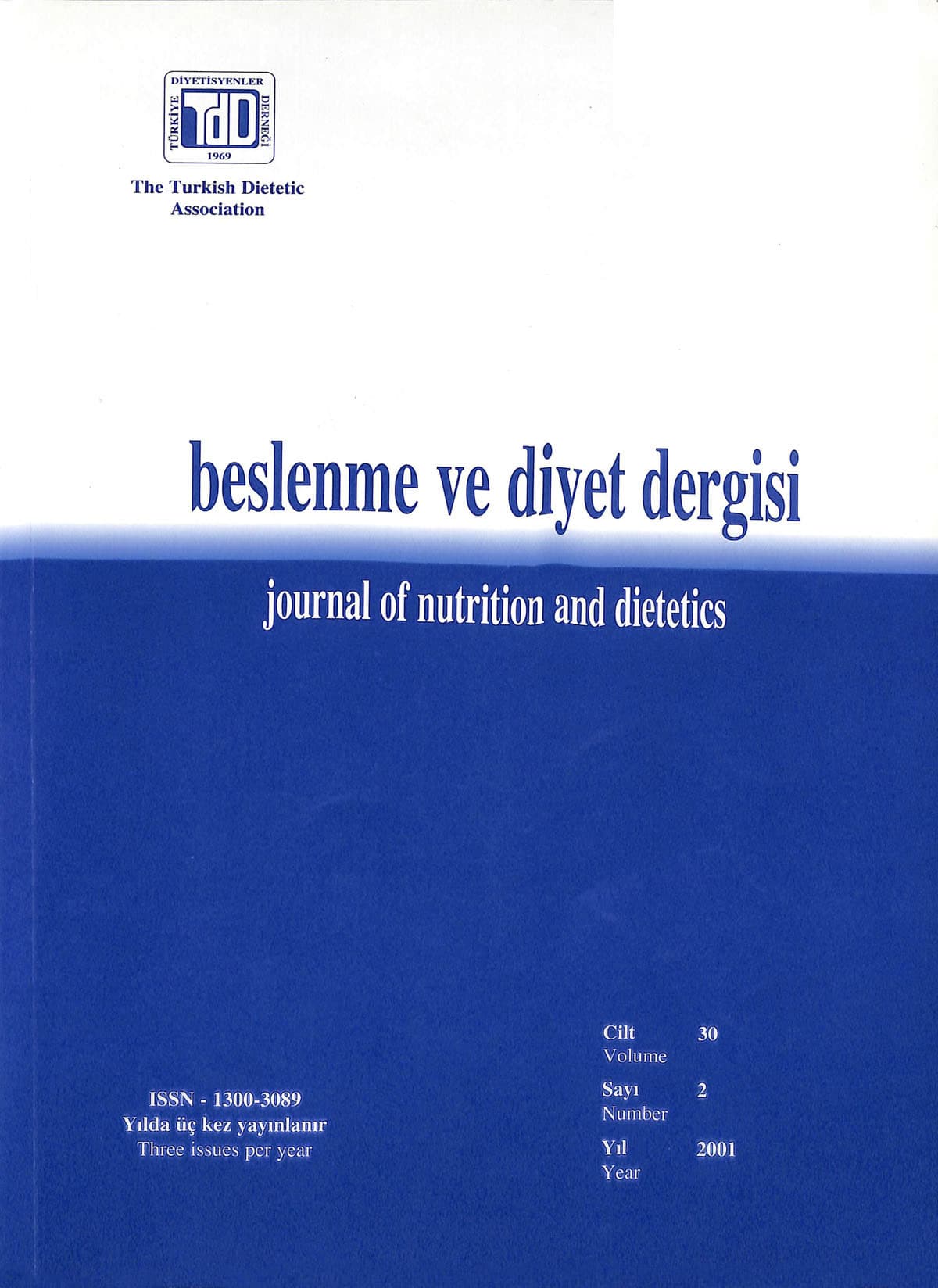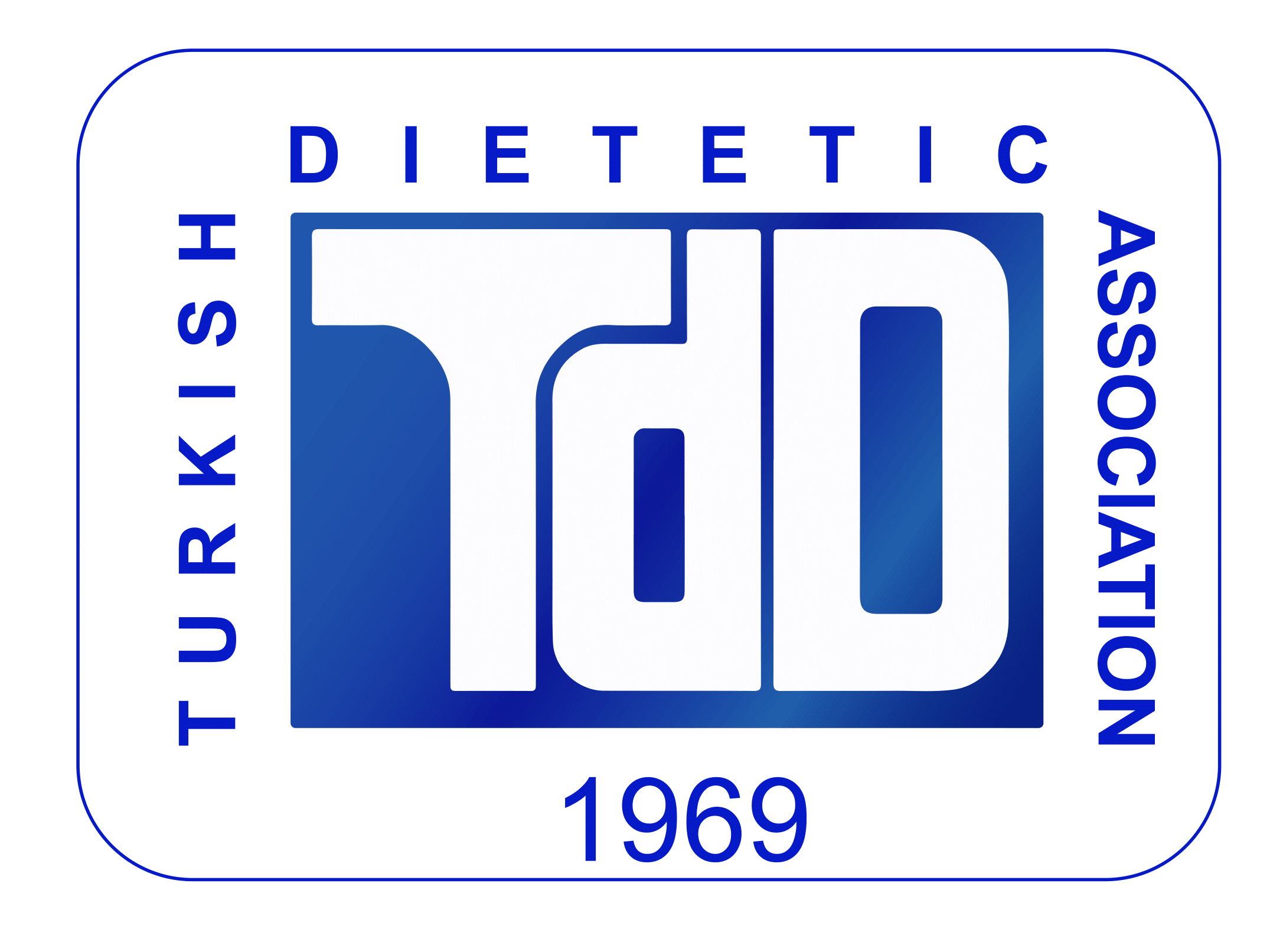Contamination of Breast Milk and Infant Formulas by Pesticides
Keywords:
Pesticides, breast milk, infant formulasAbstract
Biocoııcentrating pollutant cheıııicals, especially persistent halogenated pesticides and industrial chemicals that are dissolved in the fa t ofhuman milk. Infant formulas are free of these residues, because the lipid comes from coconuts or soy that have low levels o f pesticides. Water is the largest segment o f used in infant formulas and potentially the most sigınficant source of pesticide residues. Dairy cows do not have mııch exposure; in addition. they produce a ton or more of milk during their career, keeping the concentration in any given volüme o f milk less t han the breast milk. Although the use ofdichlorodiphenyltrichloroethane (DDT), hexachlorobenzene (HCB), the cyclodiene pesticides or their metabolites, industrial chem’ıcals (the polychloriııated bipheııyls) and similar compounds are now banned in most coııntries, they may continue to enter th e fo o d chaitı and often present in the milk of women and accumulate in hıımans dııe to their long half-lives in nature.

